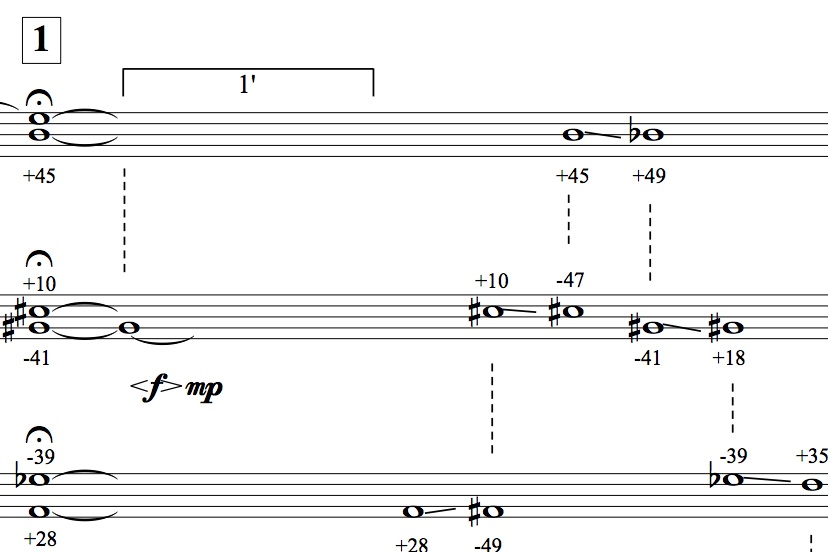Aural Territories: how phenomenology taught me how to compose electroacoustic spatial music
In this article I describe the process of creation, performance, and reception of two sets of multichannel pieces - Journey I and II and Night Song I and II - performed as part of Aural Territories: a concert of spatial electroacoustic music. The main philosophical foundation for this experience has been the views on phenomenology as conceived by Merleau-Ponty (2004) and Dufrenne (1973). In these pieces, I explore compositionally three aspects of the interrelationship between sound and space that were fundamental for my theoretical and practical understanding of electroacoustic spatial music: acoustic space, sound spatialisation, and reference.
Continue reading






